Demystifying TDG - How does it really work?
The Transcend Design Generator software is unique to the water sector and critical infrastructure industries. The Transcend Design Generator (TDG), a cloud-based conceptual design automation platform, automatically integrates decisions and calculations from each engineering discipline (process, mechanical, civil, architectural, electrical, control, and automation) to create a custom preliminary design of a wastewater facility including a dozen or more engineering documents and drawings.
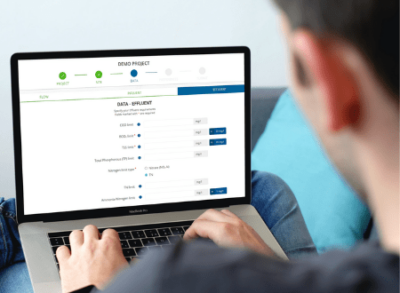

The software can produce designs for a variety of systems, including CAS, fixed film, MBR, and many more, in both municipal and industrial applications. TDG was developed by some of the world’s leading experts in wastewater process modelling and architectural design and continuously updated and improved over the last decade.
TDG offers Engineers, EPC professionals, Technology providers, and Asset owners preliminary designs for wastewater facilities in just hours, including a 365-day biological simulation with diurnal flow. This allows the user to take a real time analytical approach to choosing the best design, as opposed to the traditional wait time of two weeks or more for each iteration. With a user-friendly interface and easy access website, clients have the ability to run and review unlimited scenarios and select the most suitable design for their requirements.
By providing more design options than possible using traditional, manual methods, TDG allows project stakeholders to select the best solution at the beginning of the process, without having to burn thousands of engineering hours on creating iterations to find the best design. It also enables clients of TDG to bring new technologies and approaches to the market faster. In comparing them to conventional methods, TDG provides the user with a cost/benefit analysis of more sustainable and environmentally friendly approaches. The outputs are in native form used as the foundation for detailed design (i.e. Autodesk AutoCAD P&ID, or 3D BIM model in Autodesk Revit), reducing the hours and time requirement for the project cycle, and offering global consistency and quality control in all design documents.
Here’s a simplified overview of the TDG process:
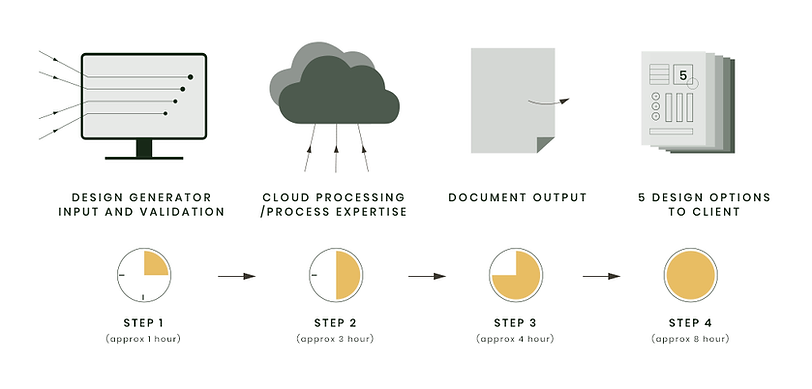

During the design generation process, TDG starts by leveraging proprietary databases and validation algorithms to check the input data for quality and consistency (garbage in – garbage out). Once the data is validated, it leverages hundreds of thousands of decision-trees developed by leading wastewater engineers, as well as a 365 day simulation in top of the line wastewater simulation software. This expertise helps to select the proper process unit and choose each piece of equipment for the facility. From there, TDG constructs a 3D Building Information Model (BIM) which can be used for final detailed engineering. The final output is a wide spectrum of engineering documents including:
Process
- Process Flow Diagram
- Technical Description
- Design Basis Document
Mechanical/Electrical
- P&ID w/ piping, valves and instrumentation
- Mechanical Equipment BOQ
- Instrumentation BOQ
- OPEX Calculation
- Electrical Load List
Civil/Architecture
- Site Plan Drawing
- Floor-plan Drawings
- Sections Drawings
- Room Schedules
- Civil BOQ
- Embedded Carbon Footprint calculations
TDG: Key Features & Calculation Overview
Simple user interface
The custom-made user interface of Design Generator enables users ranging from those with minimal wastewater engineering knowledge to those with significant expertise to generate and analyze complete preliminary wastewater treatment facility designs. Starting with the entry of a number of simple input parameters, engineering decisions take place in a completely automated fashion. To guide users throughout the data entry process, special data validation parameters are present to ensure data quality and consistency.
The data validation is based on general process design principles used in all biological wastewater treatment processes, independent of size, location or technology. Special, non-required fields are also implemented, to give wastewater experts the option to incorporate more specific, customized input parameters, resulting in designs which more closely match specific client requirements for any situation.


Process design simulation
Using the data inputted by the user, supplemented by additional details from our proprietary influent, effluent, and regional databases, TDG starts with a full wastewater treatment process simulation. Through the representation of chemical, physical, biological, and other technical processes and unit operations, all run in industry-standard simulators, highly defined Process Simulations are executed within TDG.
The outputs of the simulation serve as a basis for all Process Schemes and Process related documentation generated by TDG, as well as provide input for equipment selection and BIM model generation. The simulation uses both Steady-State and Dynamic modeling, capable of introducing variable parameters, such as influent wastewater temperature fluctuations or daily and seasonal influent flow variations. Design Generator is capable of creating engineering documents for CAS, MBR, IFAS, MBBR, and many other treatment technologies & facilities. In addition, due to the modular nature of this subsystem, alternative technologies can be implemented with ease.
How does the biological simulation work? The simplified version.
Step 1: Project-specific inputs are collected in the User Interface.
Step 2: Once the inputs are submitted, TDG begins to calculate decisions regarding the applied treatment technologies, process configurations, and the process units included in the design to meet design criteria and effluent treatment objectives.
Step 3: Initial decisions include performing a preliminary sizing for the biological treatment process.
Step 4: Input for process design simulation is defined by the TDG once initial decisions and preliminary calculations are made. This includes the selection of the simulation layout and setting operational parameters (MLSS, Aerobic SRT, recycle flows, DO-concentration and aeration settings, etc.).
Step 5: Steady state and dynamic simulations are used to verify initial assumptions and design criteria, and adjust process setup if needed to meet with effluent treatment objectives
Equipment selection
Once the process simulation is complete, TDG uses a combination of the input data, simulation outputs (tank sizes and process unit selections), and decision algorithms in order to size and select each piece of equipment needed to construct the wastewater facility. Design Generator leverages an extensive equipment database built up over a decade, containing up to date size, power, and other relevant data on every equipment type.
Let’s walk through a few examples of how specific parts of a treatment plant are selected and sized by TDG:
A. Preliminary Treatment
Screening: the exact equipment is selected from an internal database based on the screens’ maximum flow to be treated. Exact equipment datasheets are used for further electricity calculations – installed power, and actual consumed power and are also included in the overall power consumption calculations.
In the case of “optimized selection with design rules”, the default opening sizes of different technologies and the number of screenings are calculated in line with data found in Metcalf & Eddy, (2014), pp. 311-312, Table 5-2 and 5-3.
Grit and grease removal units are designed for peak hourly wet weather flow (if available, otherwise they’re designed for the highest flow to be treated by the grit removal system) while the amount of grit and grease removed are estimated at the design average flow. The user is allowed to select the grit removal type – aerated or non-aerated grit chamber.
Combined Screening and Grit Removal
The decision to use a combined unit versus separate units for screening and grit removal depends on various factors, including the WWTP flow rate. Combined units are commonly suitable for smaller to medium-sized WWTPs with flow rates typically ranging from a few hundred cubic meters per day to several thousand.
In case of smaller facilities a combined equipment is selected by the Transcend Design Generator instead of a separate screening and grit removal unit. There is a threshold flow, below which an integrated pretreatment unit is selected. In terms of aeration, in case of a BNR facility, a non-aerated unit is selected; however, if only carbon or ammonia removal is required, the aerated integrated pretreatment unit is designed.
B. Primary treatment
Primary treatment – Primary Clarification (PC)
A general concept for the logic of TDG is that user-defined values always have a preference over TDG automatic values. The below logic defines the order of importance of each design parameter defined by the user.
1. First, TDG calculates the total clarifier surface for both average and peak conditions, then determines which condition set governs the sizing.
2. At this point the sizing splits into two:
a. If the user provided a clarifier number preference, the preferred specific surface (surface of an individual clarifier) is calculated using the preferred number of units.
i. If the preferred surface area becomes larger than the physically available maximum clarifier surface area, that means the user selected too few clarifiers. In this case,
1. if the SOR was auto-selected, then TDG increases it (within the allowed range), so that the user-preferred numbers for PCs can be matched. At this step, as the SOR changed, the total surface area is also recalculated. If with the modified SOR and the given number of units the size of one PC would be above the maximum sizes, the number of units also must be dropped. TDG will design the minimum number of PCs with the max available SOR.
2. If SOR was user-defined, then SOR’s have preference over the numbers, and the number of units shall be changed, to keep the SOR at the defined value.
C. Secondary treatment
TDG incorporates designs for conventional activated sludge, membrane bioreactor, MBBR, SBR, and a host of other treatment technologies. For purposes of this section, we will only focus on MBR.
As MBR membranes are proprietary technologies, the following vendors/membranes and skids are currently supported within the public version of TDG based on publicly available design data: ZeWeed by Veolia, Puron by KMS and Memstar by Citic.
As a simple example for how MBR element calculations are completed by TDG, for each flow value input by the user (Average Daily Flow, and Peak Daily Flow, among others) the required element number is calculated based on flux and area per element. Only ADF is used together with average flux, all other flows are combined with peak flux. From these (maximum) four numbers, the highest number is selected, and TDG calculates the required number of elements.
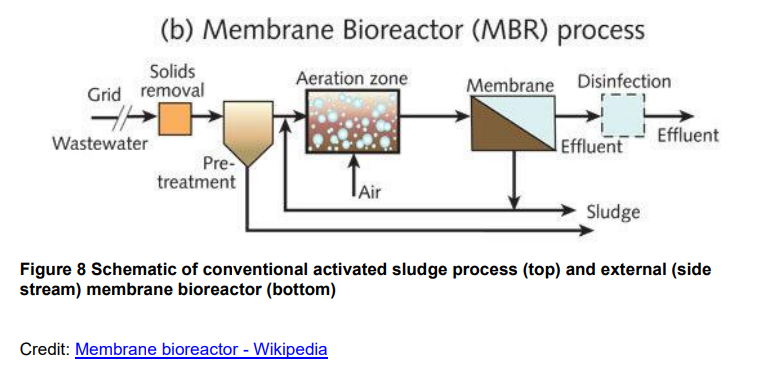

D. Tertiary treatment
Effluent disinfection
If selected by the user, elimination of pathogens by UV-radiation/Cl-based chemical dosing takes place in TDG before discharging the water.
Four different disinfection options are currently supported in TDG:
• Hypochlorite (OCl- as NaOCl)
• Cl2 gas
• Chlorine dioxide (ClO2)
• UV
In case of any chlorine-based disinfection options, a hydraulic retention time of 30 min. is used to design the disinfection chamber. The basis of the design is the highest peak flow to the disinfection unit. The calculation of the design flow for disinfection takes into account the existence of equalization tank and technology (continuous or batch system like SBR) and selects the flow accordingly.
The sizing of UV-disinfection is based upon an empirical model presented in a 1995 WERF report comparing UV irradiation to chlorination (Water Environment Research Foundation, 1995).
E. Sludge Line
Thickening
The selection of a specific sludge thickening technology depends on factors such as the characteristics of the sludge, treatment goals, space availability, and budget considerations. Mechanical thickening technologies like centrifugation and DAF provide efficient solids capture rates but can be capital-intensive. Gravity thickening methods, including sedimentation and GBTs, offer simplicity and cost-effectiveness but require ample space.
Default choices are made in the software for thickening preferences, based on capacity and biological treatment.
In the case of designing combined thickening and dewatering units, TDG utilizes tables similar to the one below:
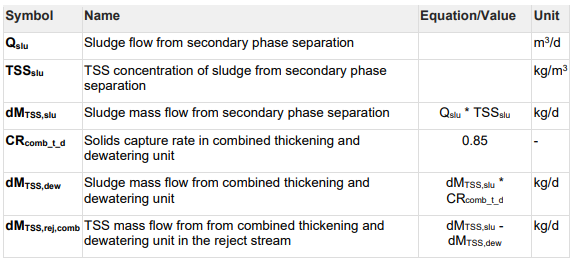

We work closely with equipment suppliers including screening, blower, diffuser, belt press, pump, valve, and other mechanical equipment manufacturers in order to ensure accuracy and consistency in the equipment selected. Once the mechanical equipment has been sized and chosen for the project, TDG chooses the valves and instruments, then generates a virtual Equipment List and Instrument List, which is later used by the Drawing Generator Module to create the P&ID and other documentation needed for the project.
Abstract building modeling
After all elements of a wastewater treatment facility are selected and designed, the next step is determining how the facility will be structured. Depending on both Mechanical Engineering and Process Modeling outputs, Abstract Building Modeling solves the challenge of placing all elements of a wastewater facility in physical space. Designing reactor spaces, equipment buildings, and control room location are all part of this coordination management process, along with the finer details of architecture such as wall thicknesses, construction materials and general building construction elements. To create as sophisticated of a model as possible, the subsystem utilizes optimized generative algorithms for general architectural arrangements. The whole process serves as a tool to finalize all documentation and specifications in a very time efficient and platform independent manner.
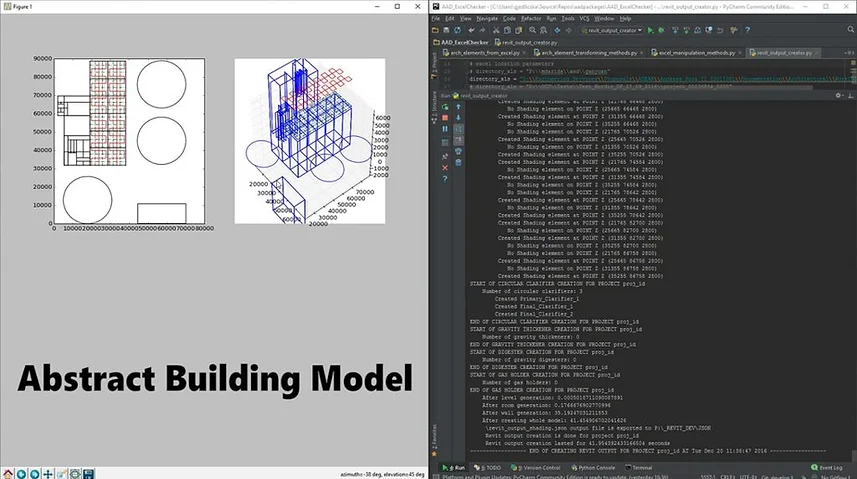

Building Information Model (BIM)
After all steps of designing the facility are completed, the outputs are introduced into a CAD-based system capable of modeling and visualizing every element from the Mechanical Equipment selection and Abstract Building Modeling subsystem. In this environment, not only are 3D models generated, but whole databases are automatically and simultaneously created representing and describing the wastewater facility with pinpoint accuracy. These databases store all engineering requirements, details, and properties in one central model, enabling TDG to introduce a final validation and filtering protocol, eliminating all errors and inconsistencies in the finished design and document outputs, and keeping qualities at the highest levels. All civil documentation, such as Floor plans, Sections, Layouts, Site Plans, Elevations, and Civil Bill of Quantity documents are automatically generated from this central model, while keeping all related annotations and remarks in a template that can be further customized for detailed engineering work as the project progresses.
Drawing Generator Module
The various output packages of our Process Design Simulation, Equipment Selection, and BIM are communicated directly to TDG’s Drawing Generator module. In return, Drawing Generator handles the complete process of drawing generation for all engineering documents, including Process Schemes and Piping and Instrumentation Diagrams. This module working by dynamically generating the drawings from thousands of mini-drawings, assembling the components like a puzzle to match the final design decisions made in the earlier stages.
Depending on the Process Design Simulation and Equipment Selection outputs, these documents are labelled with proper item quantities and equipment specifications, resulting in very precise, accurate P&ID and Process Schemes for that given project. As a final step, all details from these document packages are collected in one database and an Equipment List, Instrument List, Load List (for precise electricity consumption), and Operation Cost estimation document are all generated. With this data the user can easily estimate both the Capital and Operating cost of the facility, allowing the user to make the best decision for a given project.
Conclusion
The Transcend Design Generator (TDG) stands as a groundbreaking and unparalleled software solution within the water sector and critical infrastructure industries. Its cloud-based conceptual design automation platform, developed by leading experts in wastewater process modeling and architectural design, offers a revolutionary approach to generating preliminary designs for wastewater facilities. TDG’s unique ability to integrate decisions and calculations from various engineering disciplines enables the production of custom designs and a wide spectrum of engineering documents, including 3D BIM Models. Notably, TDG’s efficiency in providing preliminary designs within hours sets it apart from traditional manual methods, allowing users to make informed decisions at the outset of a project and significantly reducing project cycle times. The software’s user-friendly interface, extensive equipment database, and incorporation of advanced simulation techniques contribute to its global consistency, quality control, and ability to bring new technologies to market faster.
TDG’s comprehensive approach is the only software on the market that encompasses the entire design process, from data validation to process simulation, equipment selection, abstract building modeling, Building Information Modeling (BIM), and drawing generation. This seamless integration ensures accuracy and efficiency, eliminating errors and inconsistencies in the final design and documentation outputs. By offering a cost/benefit analysis of more sustainable and environmentally friendly approaches, TDG not only enhances the decision-making process for project stakeholders but also accelerates the adoption of innovative technologies.
- https://cosmosocial.unitepc.edu.bo/
- oyo288
- slot 4d
- oyo288
Clients
Resources
Industries
Solutions

 WWTP Design
WWTP Design  Substation Design
Substation Design  Utility Interconnection Hub
Utility Interconnection Hub  White Label Proposal Generator
White Label Proposal Generator 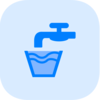 PFAS Feasibility Study
PFAS Feasibility Study 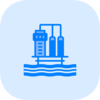 Booster Station Design
Booster Station Design  Value Discovery Program
Value Discovery Program